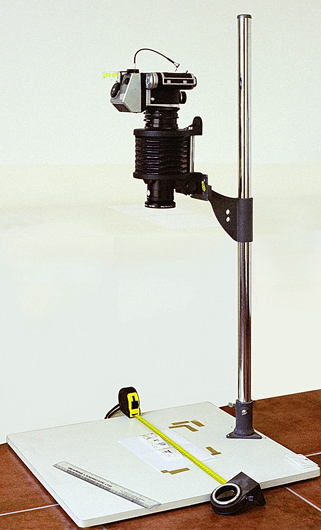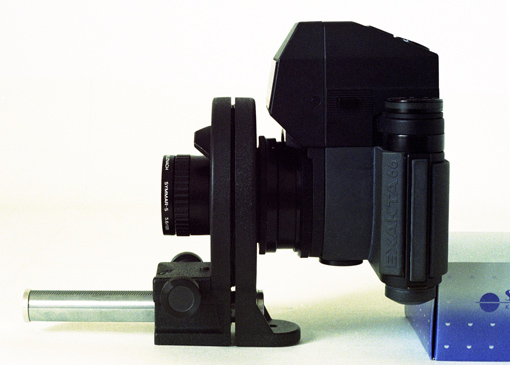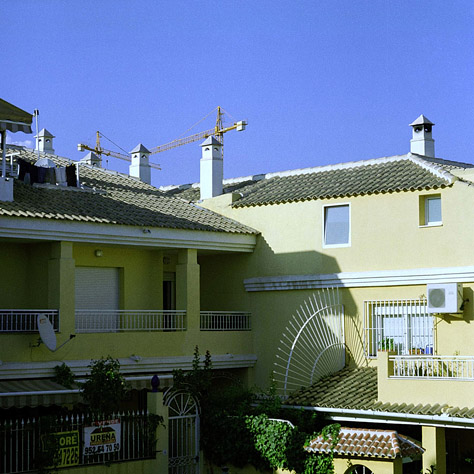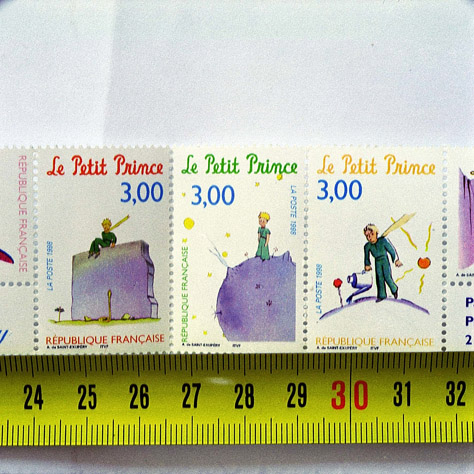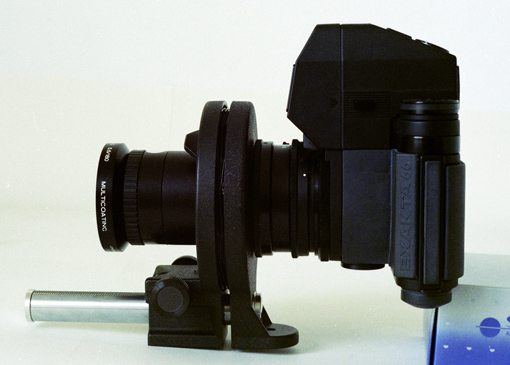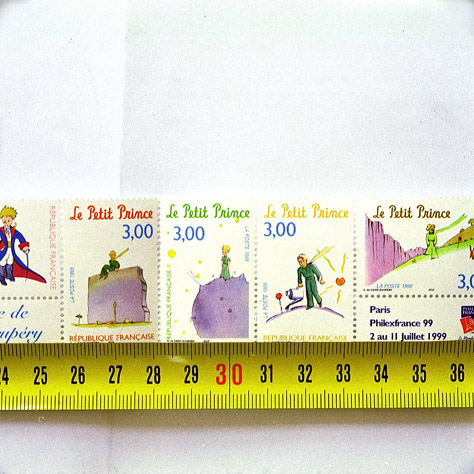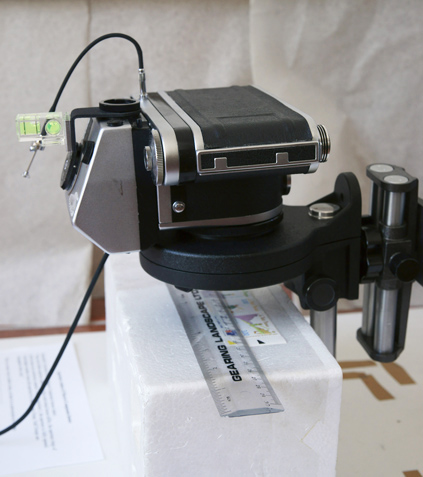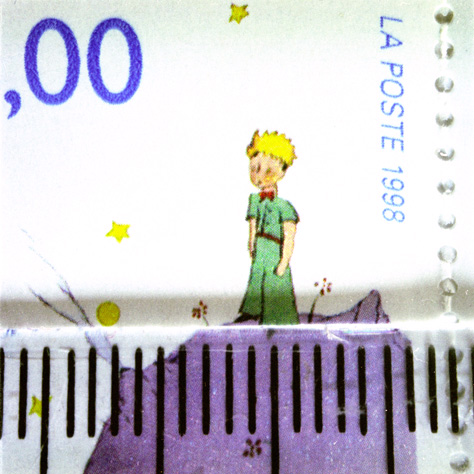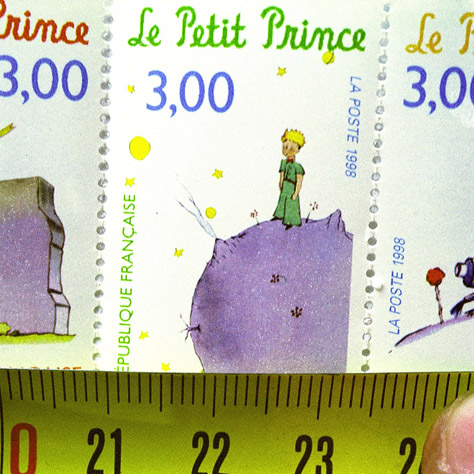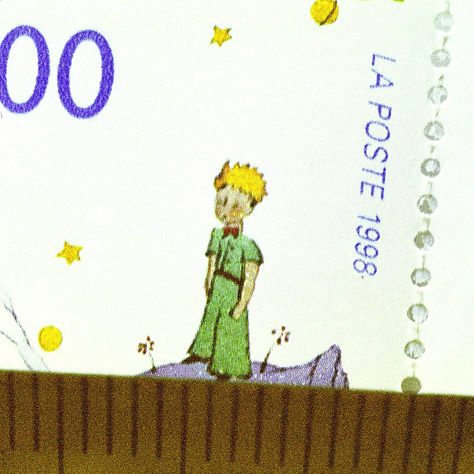Unfortunately, it is not possible to mount the Pentacon Six bellows on an Exakta 66 that has an Exakta 66 metering prism in place, as this projects forward of the front of the camera body and fouls the rear standard of the Pentacon Six bellows.
The following solutions exist:
- use the Exakta 66 with the non-metering prism, waist-level finder, Pentacon Six magnifying head or Kiev 60 TTL prism via the Baierfoto adapter;
- add the shortest (15 mm) extension tube behind the bellows – or indeed a longer tube if appropriate. This has the additional advantage (if using one of the tubes designed for the Exakta 66) of switching the Exakta 66 TTL meter into stop-down metering mode, as required when using bellows. With this setup, the bellows just clear the front of the Exakta 66 metering prism.
Image to the right:
The Pentacon Six set up for these tests
Here with Symmar – S 5.6/180 on Pentacon Six bellows at
maximum extension,
with the 15 and 22.5 mm tubes.
Note the cable on the top for mirror pre-release and the
spirit level
in the accessory shoe to assist in getting the camera
exactly level.
